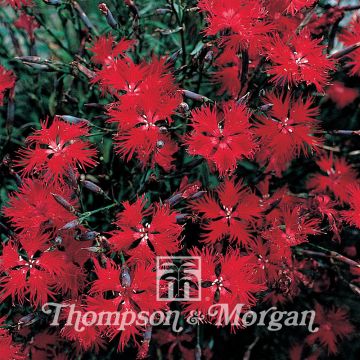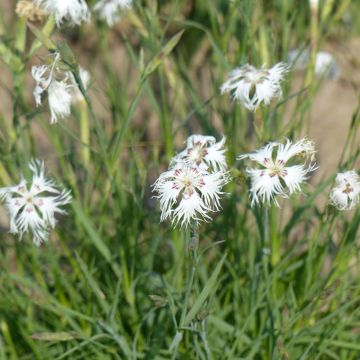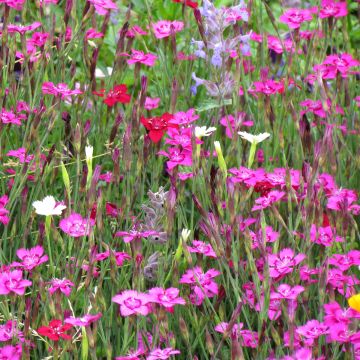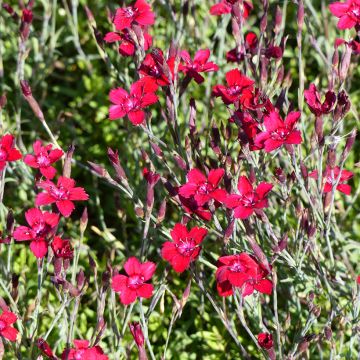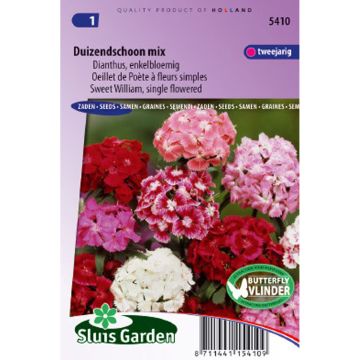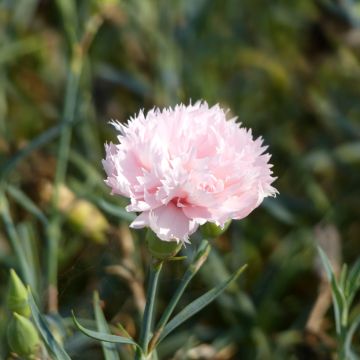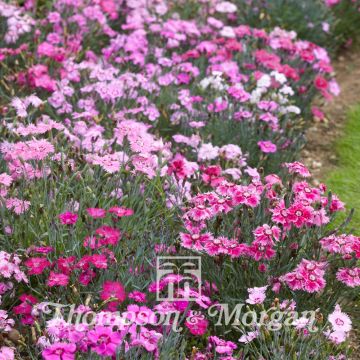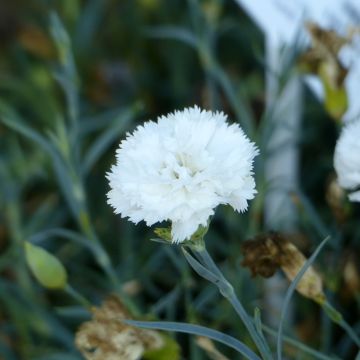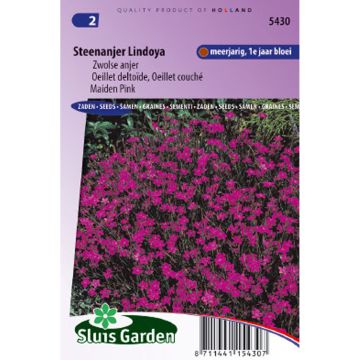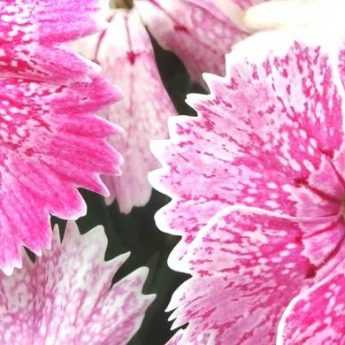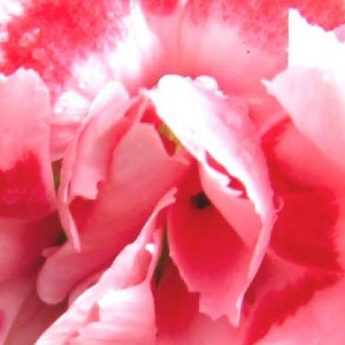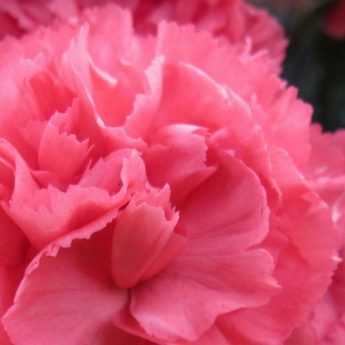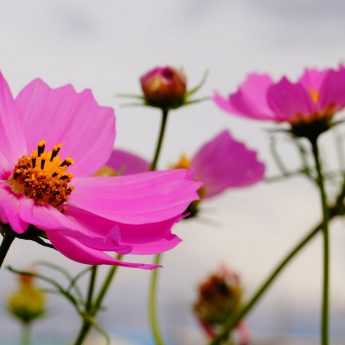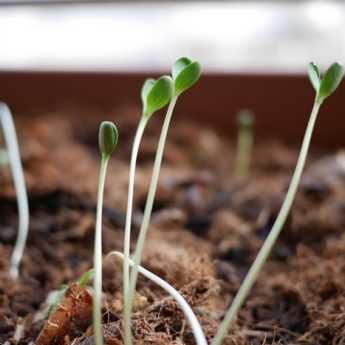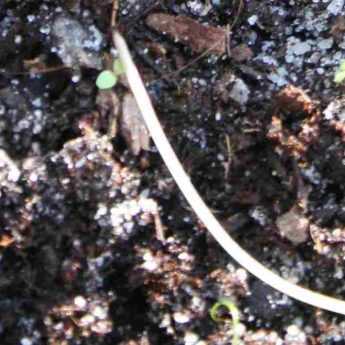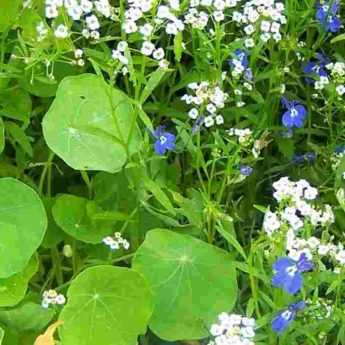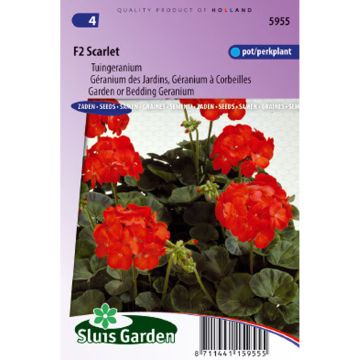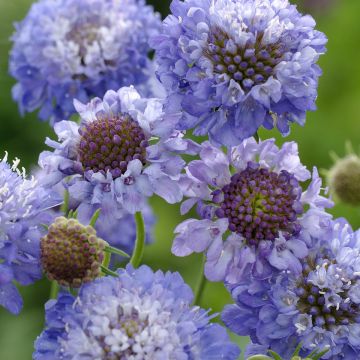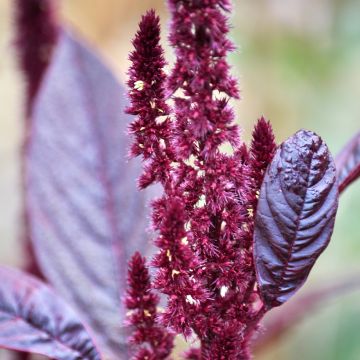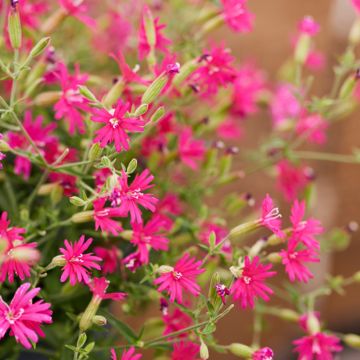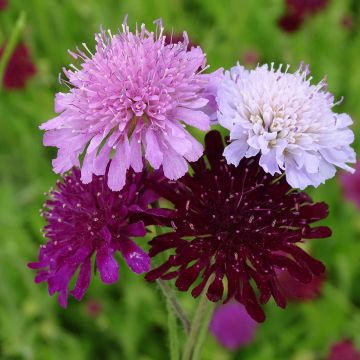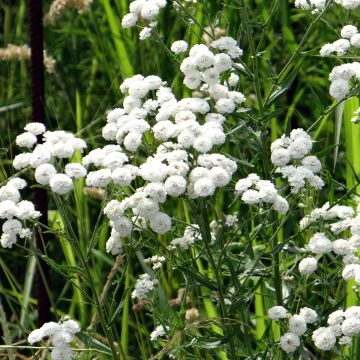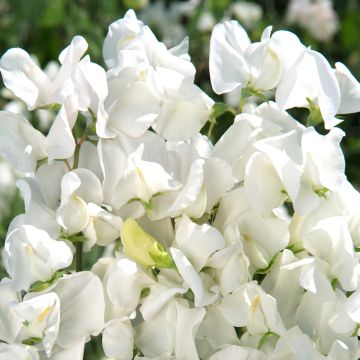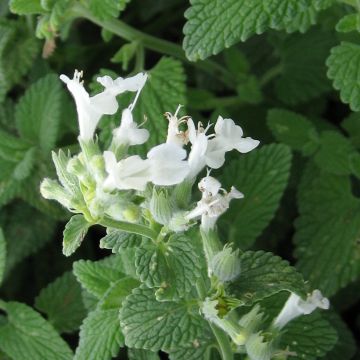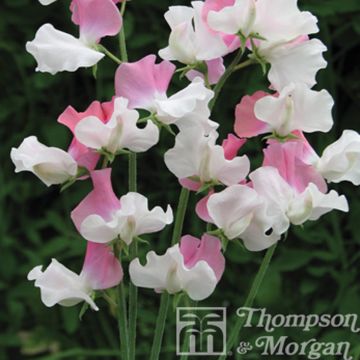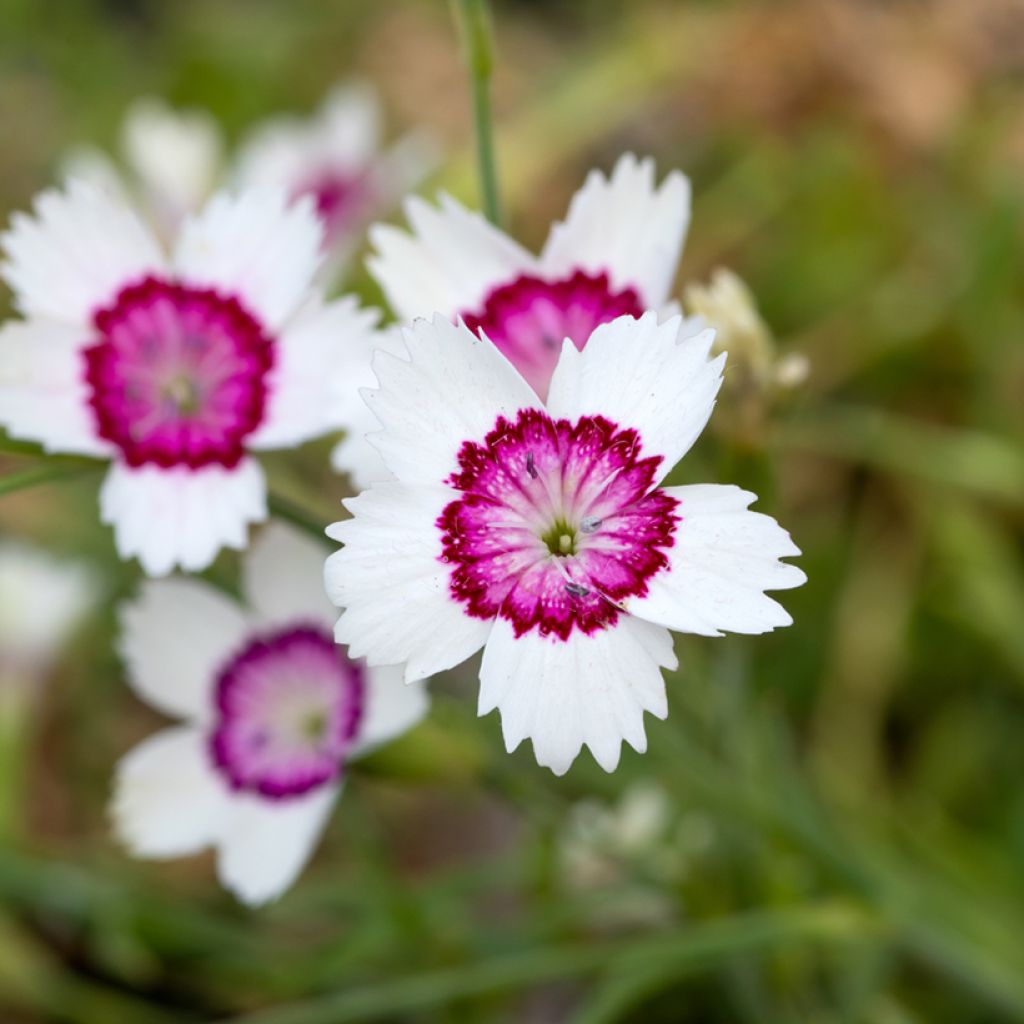

Graines de d'Oeillet deltoïde Arctic Fire - Dianthus deltoides
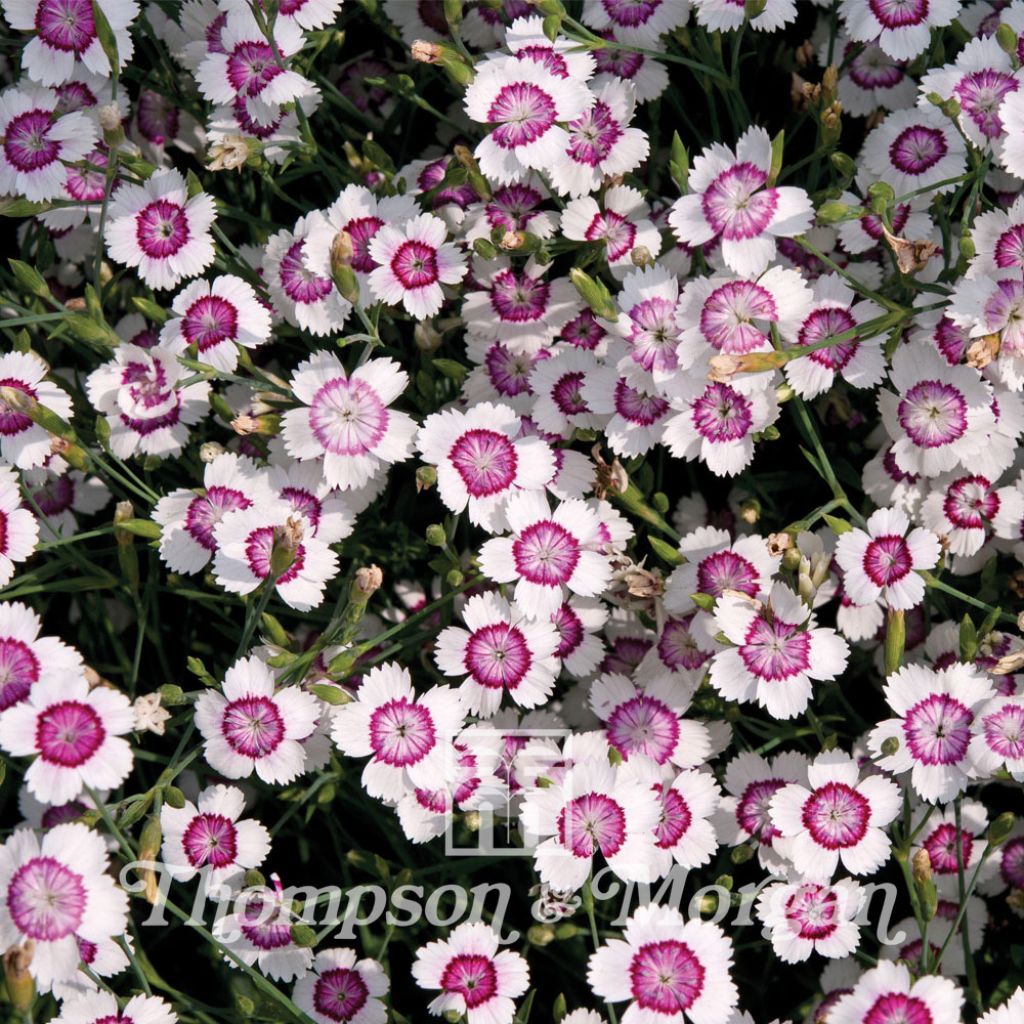

Dianthus Deltoides Arctic Fire
Graines de d'Oeillet deltoïde Arctic Fire - Dianthus deltoides
Dianthus deltoides Arctic Fire
Œillet à delta, Œillet couché, Œillet deltoïde, Œillet en delta
Semées l'an dernier, sous serres, plusieurs pousses, mais après transvasement en jardinière à 6-7cm de H., aucune n'a résisté au final... arrosage délicat à continuer au vaporisateur : elles n'ont pas supporté l'impact des gouttes de pluie etc.. difficile...
Anne-Laure, 21/04/2018
Cet article ne peut pas être expédié dans le pays sélectionné
Envoi par lettre à partir de 3,90 €
Plus d'infos
Envoi par lettre à partir de 3,90 €
Plus d'infos
Pays de livraison:
-
-
-
-
-
-
-
-
-
-
-
-
-
-
-
-
-
-
-
-
-
-
-
-
-
-
-
-
-
-
-
-
Programmez la date de votre livraison,
et choisissez votre date dans le panier
Garantie de reprise de 6 mois sur cette plante
Plus d'infos
Nous garantissons la qualité de nos plantes durant un cycle végétatif complet.
Nous remplaçons à nos frais toute plante n'ayant pas repris dans des conditions climatiques et de plantation normales.
Les commandes comportant uniquement des graines sont livrées sous enveloppe, par courrier, pour un coût de 3,90 €.
Cette plante est-elle adaptée à mon jardin ?
Je crée mon profil Plantfit →
Description
Le Dianthus deltoïdes Arctic Fire, appelé aussi oeillet à delta Arctic Fire, ou oeillet couché Arctic Fire, forme un petit coussin persistant et tapissant très florifère, aux fleurs simples blanches à pétales frangés, qu'anime un oeil rouge intense encerclant un coeur rose. Cette vivace au développement rapide allie solidité, frugalité et floribondité. Résistante à la sécheresse, elle est idéale en rocaille et sur les murets, en plein soleil. Semée très tôt, sous châssis froid, elle pourra fleurir la première année. A cultiver en sol drainé, même pauvre, et au soleil.
L'oeillet à delta 'Arctic Fire' appartient à la famille des caryophyllacées. C'est un cultivar issu de Dianthus deltoïdes originaire d'Europe et d'Asie tempérée, où il croît dans des zones sèches, landes ou collines, des lisières de sous-bois, sur des gazons pauvres. La croissance de cet oeillet est rapide. Sa taille adulte ne dépassera pas 20 cm en hauteur, en fleurs, pour un étalement de 20 cm et davantage. Cet oeillet forme une petite touffe prostrée au port tapissant. Ses feuilles linéaires, vert vif sont persistantes et souples, serrées sur des tiges grêles. La floraison commence en mai et juin, jusqu'en août si le sol n'est pas trop sec. La plante se couvre alors sans discontinuer de petites fleurs rose blanches aux pétales frangés, rehaussées par un coeur rose cerclé d'un halo rouge vif et intense. Elles sont agréablement parfumées, au sommet de tiges généralement uniflores.
Installez l'oeillet à delta 'Arctic Fire' dans un emplacement dégagé, sur une pente, où il pourra s’étendre au soleil. Il sera magnifique dans une rocaille, sur la pente d’un talus bien drainé, ou au sommet d’un mur de pierres sèches. Cette plante peut garnir le pied d'arbustes en grands pots, décorer de grands bacs ou des auges alpines. Avant la plantation, dans les terres lourdes ou argileuses, apportez quelques pelletées de gravier et de sable grossier pour faciliter l’écoulement de l’eau. L’œillet deltoïde accompagne très bien les plantes d’origine alpine ou montagnarde comme les alysses, les saponaires, les phlox tapissants (P.subulata et P.douglasii), les aubriètes, les iberis et les hélianthèmes.
Le nom générique vient du grec 'dios' pour 'Jupiter ou divin' et de 'anthos' pour 'fleur'. Ces dianthus, ou 'fleurs divines' furent baptisées de la sorte, par Théophraste, en raison de leur parfum suave et de leur beauté. Deltoides fait référence à 'delta', la lettre grecque, en relation avec la forme des pétales.
Floraison
Feuillage
Port
Botanique
Dianthus
deltoides
Arctic Fire
Caryophyllaceae
Œillet à delta, Œillet couché, Œillet deltoïde, Œillet en delta
Horticole
Autres Graines d’Oeillets Dianthus
Plantations et soins
Semez les œillets à delta de février à avril.
Semez à la surface d'un terreau léger et humide dans des pots ou des bacs et recouvrir d'une fine pincée de terreau ou de vermiculite. Conservez à une température comprise entre 18-20 ° C. Après le semis, maintenez à la lumière car cela favorise la germination. Gardez la surface du terreau humide mais pas gorgé d'eau ; la germination prend habituellement 14-30 jours.
Repiquez les plants assez grands pour être manipulés dans des bacs ou des pots de 8 cm. Acclimatez-les progressivement à un environnement plus frais, pendant quelques semaines, avant de transplanter en place une fois que les gelées sont écartées.
Plantez l'Oeillet à delta en terre ordinaire, perméable et humifère, caillouteuse ou calcaire, fraîche à sèche et surtout bien drainée. Une terre riche en gravier donne de bons résultats. Cette plante préfère une exposition très ensoleillée. N'arrosez qu'en cas de sécheresse prolongée. Éliminez régulièrement les fleurs fanées pour encourager la floraison et allonger son espérance de vie. Cependant, dans un sol pierreux, cet œillet se ressème en abondance, si l'on prend soin de laisser quelques fruits mûrir. Rabattez légèrement la touffe après la floraison pour l’aider à se regarnir. En terrain pauvre, il sera utile d'apporter un engrais équilibré au mois de mars. Cet œillet n’apprécie pas la concurrence des plantes envahissantes, qui, placées à proximité, peuvent le faire disparaître en lui imposant trop d’ombre
Quand semer ?
Pour quel endroit ?
Nos conseils plantation et soins
Semer des graines de plantes annuelles
notre spécialiste
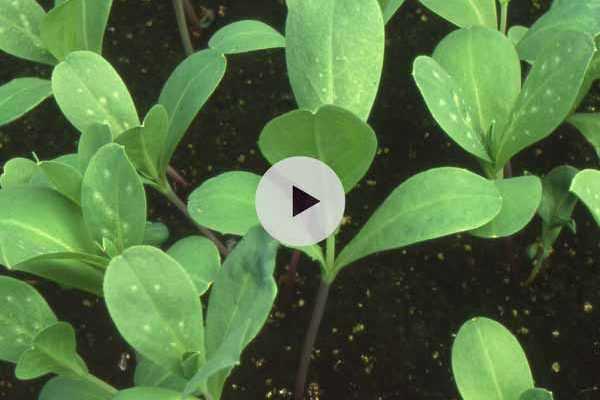
-
, leAchat vérifié
Réponse de le Promesse de fleurs
Graines de fleurs
Vous n'avez pas trouvé votre bonheur ?
La rusticité est la température hivernale la plus basse qu'une plante puisse endurer sans subir de dommages sérieux, voire mourir. Cette rusticité est toutefois affectée par l'emplacement (zone abritée, comme un patio), les protections (voile d'hivernage) et le type de terre (la rusticité est améliorée par un sol bien drainé).

Conditions Générales d'Utilisation du Service Photos Client
Dans le but de favoriser l’interaction et le partage d'expériences entre jardiniers, Promesse de fleurs propose différents services permettant le dépôt de contenus sur son Site – via notamment le module « Partage de photos».
L’Utilisateur s’interdit de:
- Publier tout contenu illégal, préjudiciable, injurieux, raciste, incitant à la haine, révisionniste, contraire aux bonnes mœurs, portant atteinte à la vie privée ou portant atteinte aux droits privatifs de tiers, notamment le droit à l’image des personnes et des biens, le droit de propriété intellectuelle ou le droit au respect de la vie privée
- Déposer des contenus pour le compte d’un tiers
- Usurper l’identité d’un tiers et/ou publier toute information personnelle d’un tiers
D'une manière générale, l’Utilisateur s’engage à s’abstenir de tout comportement contraire à l’éthique
L’ensemble des Contenus (notamment textes, commentaires, fichiers, images, photos, vidéos, œuvres, etc… ), éventuellement soumis à des droits de propriété, propriété intellectuelle, droit à l’image ou autre droit privatif restent la propriété de l’Utilisateur, sous réserve des droits limités accordés par la licence définie ci-dessous à Promesse de fleurs. Les Utilisateurs sont libres de publier ou non de tels Contenus sur le Site via notamment le service « Partage de photos » et acceptent que ces Contenus deviennent publics et librement accessibles notamment sur Internet.
Ils reconnaissent, s’engagent et garantissent disposer de l’ensemble des droits et autorisations nécessaires pour une telle publication sur le Site, notamment au titre de la législation en vigueur et des droits au respect de la vie privée, de propriété, de la propriété intellectuelle, à l’image, des contrats ou de toute autre nature. Par une telle publication sur le Site, les Utilisateurs ont conscience d'engager leur responsabilité en tant qu'éditeur du Contenu au sens de la loi, et accordent sur le dit Contenu, pour toute la durée de publication, à Promesse de fleurs, une licence non exclusive, gratuite, mondiale, incluant les droits de reproduction, de représentation, de chargement, d’affichage, d’exécution, de transmission, de stockage.
Les Utilisateurs autorisent également que leur nom puisse être associé au Contenu et acceptent que cette association ne soit pas toujours faite.
Par leur publication, les Utilisateurs autorisent qu'un Contenu puisse devenir automatiquement accessible sur internet, notamment sur d'autres sites et/ou blogs et/ou pages web du site Promesse de fleurs incluant notamment les pages des réseaux sociaux et le catalogue de Promesse de fleurs.
Les utilisateurs peuvent librement obtenir le retait des contenus confiés, en contactant le service client via le formulaire de contact


































